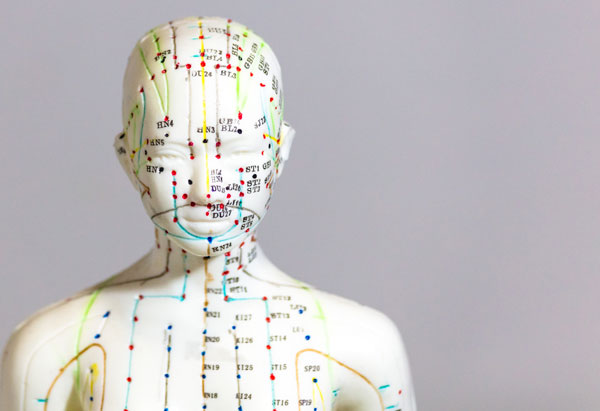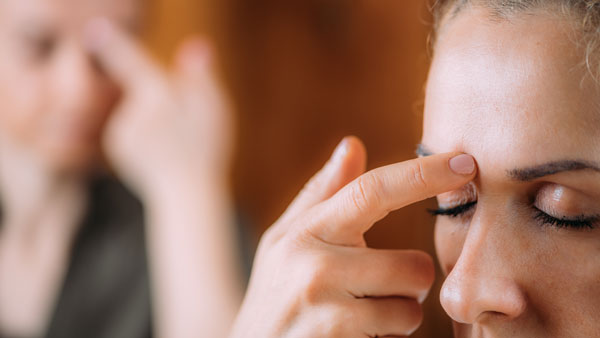East Asian medicine is vastly different from the dominant Western medicine in Israel, which is based on scientific research methods and empirical data. In short, results that can be quantified and seen with the eyes. East Asian medicine, based largely on Chinese medicine, is in some way a mirror image of Western medicine. The basic assumption of this medicine is more philosophical than scientific – and it sees the human body as a whole that is consistent with the philosophical principles attributed to nature, and sees a close connection between body and mind.
Meridian – A Fast Lane of Energy
According to the East Asian theory, a meridian is a path of energy in the human body. The meridians in the human body allow the flow of energy, called qi, to circulate throughout the body. Contrary to what is required to think, it is not a mystical version of what we call blood circulation, since the basic assumption of this medicine is completely different from that of Western medicine.
The meridians form a kind of energy distribution network that controls the body and allows its proper functioning. According to the theory, there are fourteen main meridians in the body, each with multiple acupuncture points along it. Each organ crosses six channels, three considered Yin and three considered Yang (parallel to the philosophical theory of yin and yang). The elements attributed to yin are water, darkness, and cold, while those attributed to yang are fire, daylight, and heat. The common belief is that certain organs are associated with yin and other organs that are associated with yang, and these are connected in a balanced way so that one does not prevail over the other.
In addition to the main meridians in the body, there are additional meridians called “special meridians” that are not directly related to the organs of the body. These meridians connect with the 12 regular meridians and are also responsible for the distribution of the protective qi (Wei qi), which can be compared to the immune system.
According to Chinese medicine, when qi flows freely, the body remains healthy. However, external factors that can make it difficult for the body can cause the qi that passes through the meridians to be blocked. When a blockage occurs, a disease may develop. This is where East Asian massages, including Thai traditional massage, come into play, which seek to release blocked meridians and allow optimal qi flow.

Sen – The Thai Version of the Meridian
Thai medicine has been heavily influenced by Chinese medicine and has incorporated many principles with slight changes. For example, the meridian is called “sen” in the context of Thai medicine. Thai medicine combines the use of herbal medicine with psycho-spiritual healing, including meditation and magical rituals. Thai traditional massage is an example of a treatment that developed in Thailand against the background of Chinese medicine but continued on an independent and separate line.
The treatment of energy points in the body is done through targeted pressure applications by precise and focused touch, unlike Chinese acupuncture, which uses the insertion of thin needles into the same energy points. This method of touch through pressure is called “acupressure”. In general, the traditional Thai treatment is called “noad”, and the therapist is called “monoad”.

Thai Massage in Larnaca – Thailand has never been closer
The Thai Massage Center invites you to receive an authentic Thai massage in the heart of Larnaca, at Vasileos Pavlou Square 37 Street. The center offers Thai massage in the back and shoulders area, oil massage, and of course foot massage. Our therapists are certified and experienced therapists who are proficient in the secrets of Thai massage theory, and they will respond to your preferences with sensitivity throughout the treatment. We invite you to book a treatment through the website or by phone and experience the magic of Thai massage on your body.
